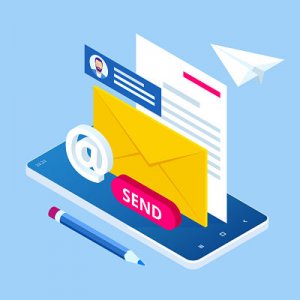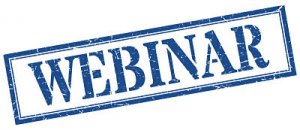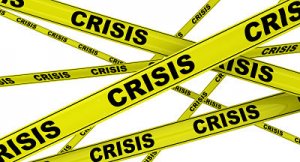How to market when no one is listening
March 25, 2020
 We are in seemingly unprecedented times. As our country and state readies itself for whatever the coronavirus is going to throw at us, it’s a little tough to be thinking about your next marketing tactic.
We are in seemingly unprecedented times. As our country and state readies itself for whatever the coronavirus is going to throw at us, it’s a little tough to be thinking about your next marketing tactic.
I want to remind you that this isn’t actually the first time most of us have seen a season like this.
9/11 and the Great Recession were very similar. Events outside of our control had an incredible impact on the economy, our businesses, families, and personal finances. This particular threat feels even more imposing because we’re also facing a health concern.
The country and Iowa will survive this. The question is – how will businesses fare? There’s no doubt that companies will be harmed. Our goal is for you to mitigate as much of the risk as possible and prepare your organization for the calm that always comes after the storm.
That’s the good news – no storm rages on forever. There’s always a calm that comes after the storm has run out of steam. We’ll get to that point too, just like we did after 9/11 or the recession. But first, we have to do all we can to survive the storm.
How do you market when no one is listening, and even if they are, they’re probably not in a position to buy? It’s time to move to a long-term strategy. What you do in these coming weeks isn’t about immediate sales. It’s about making a sale in six months or a year.
This is not the time to capitalize on the situation. I’m already seeing opportunists re-tooling their marketing to seize the opportunity. When people are in panic mode, they don’t react well to feeling taken advantage of by someone they thought they could trust.
No sale or coupon is going to get people to care what you have to sell right now unless it’s a necessity as they wait out this storm.
It’s time to shift entirely into “be of service” mode. It’s time to focus your attention, time, and efforts into helping your customers, prospects, and employees through this season.
How can you help? That’s the question to keep asking yourself. What can you do that will genuinely be of service to your most important audiences? What do we have (access to your product or service, knowledge, introductions, strategic counsel, etc.)?
Let me give you an example.
Shine Distillery & Grill, a small distillery in Portland, OR found a unique way to help. The first batch of alcohol in their distilling process isn’t drinkable. They’ve been throwing it away after using a little bit of it as a cleaning agent to keep their facilities shiny and disinfected.
As they watched people scrambling to find hand sanitizer, it occurred to them that they might be able to help others during the coronavirus. They reached out to local authorities to find out what they would have to do to use their waste alcohol as a sanitizer. Turns out as long as they’re not making medical claims – they can bottle it and give it away. It’s an 80% alcohol solution that is well above the CDC’s 60% recommendation.
Maybe you can’t replicate that. But perhaps you can create some financial relief through a payment program for your customers and then build a communication strategy around that. Perhaps you can hold educational webinars that help your prospects, and customers save money or serve their customers better in this odd moment in time. What if you gave your smaller customers access to some of the perks that your more prominent clients enjoy?
That’s being of service without remuneration. For now. I believe that kind of generosity is our marketing mandate for the next couple of months.
Be of service.
Originally published in The Des Moines Business Record as part of Drew’s weekly column series.
More








